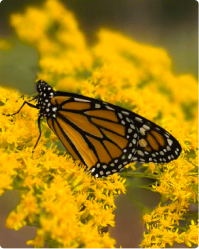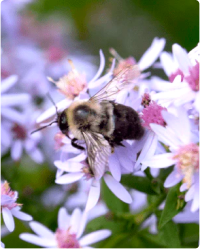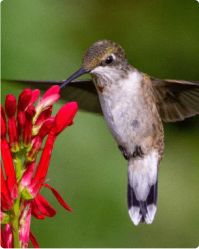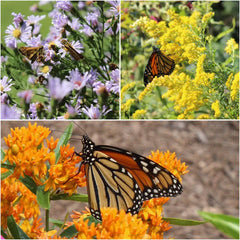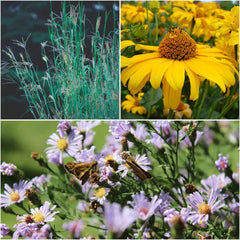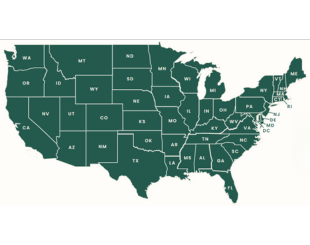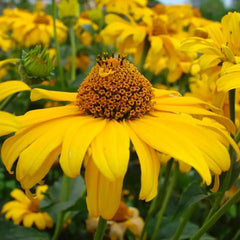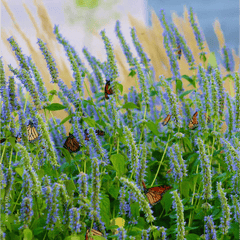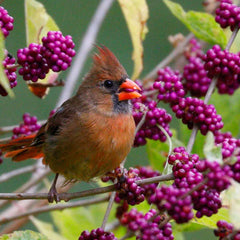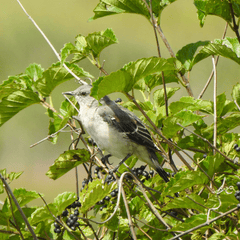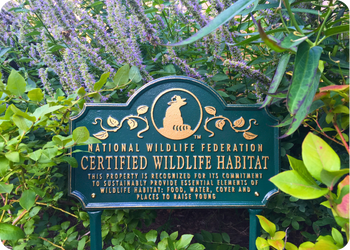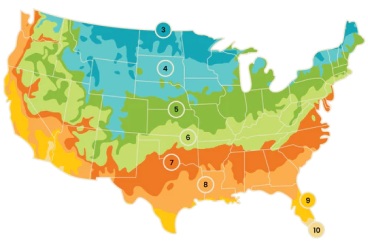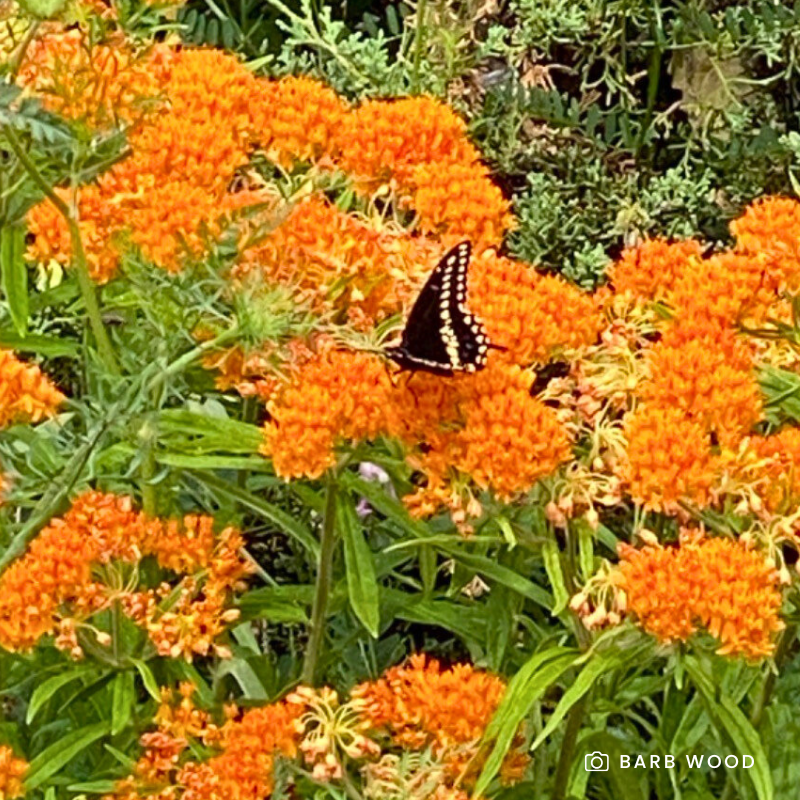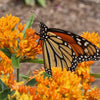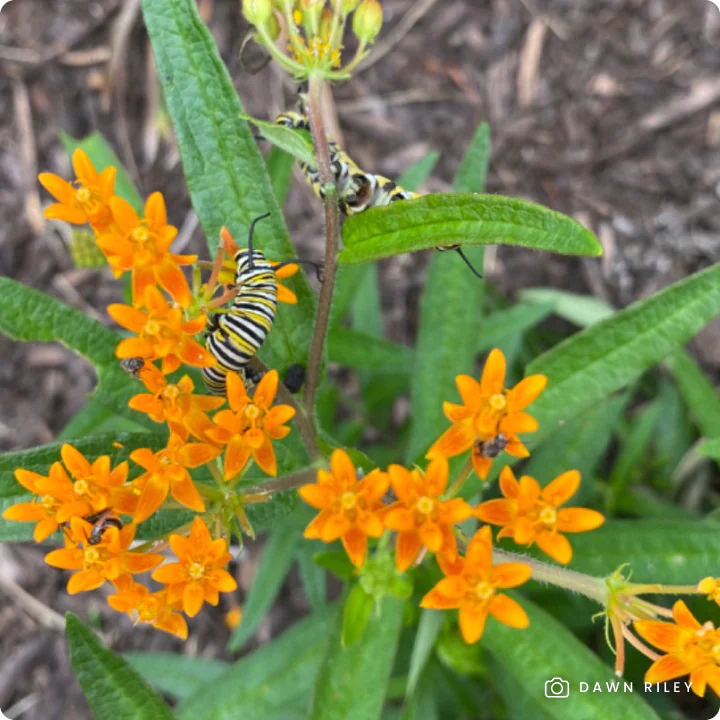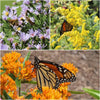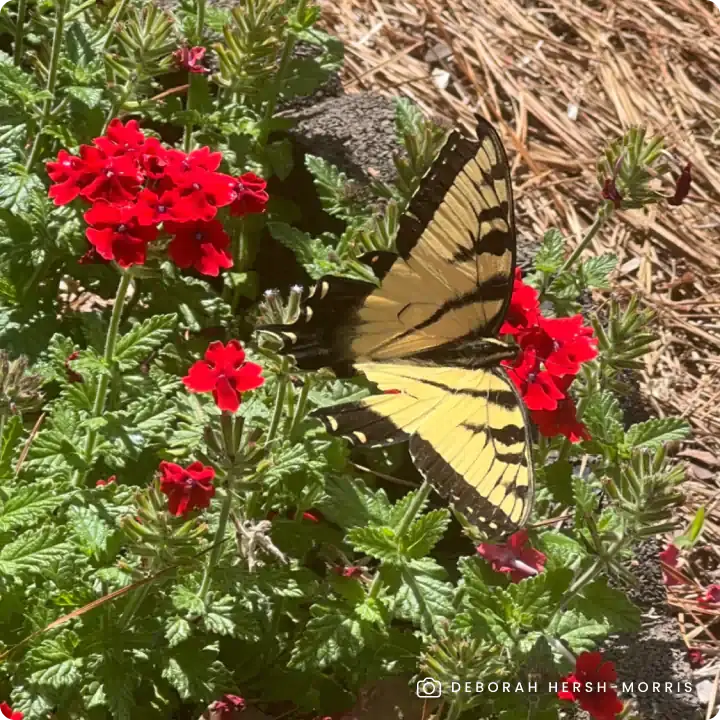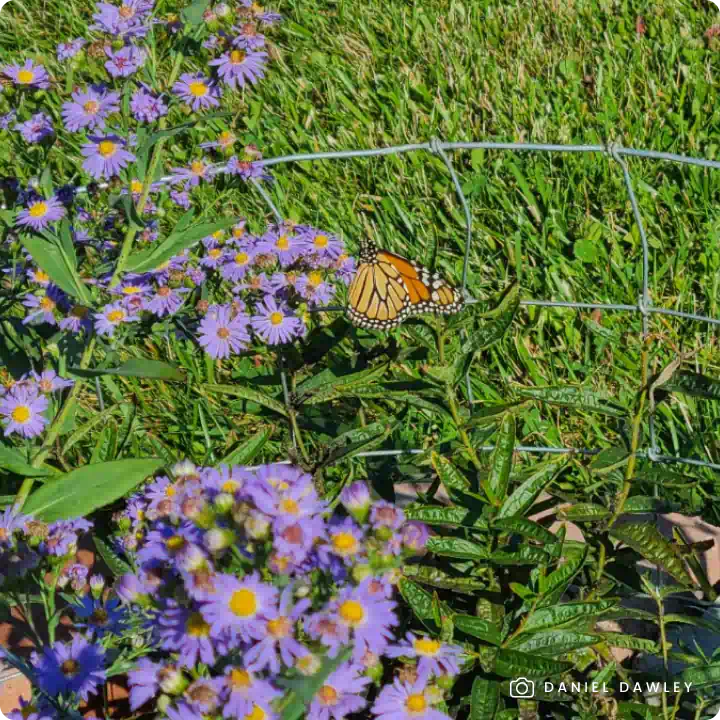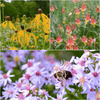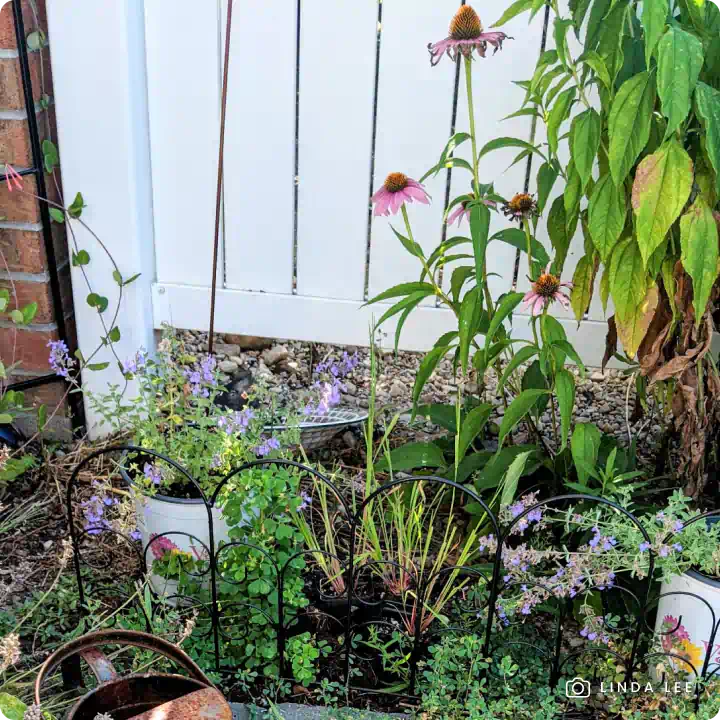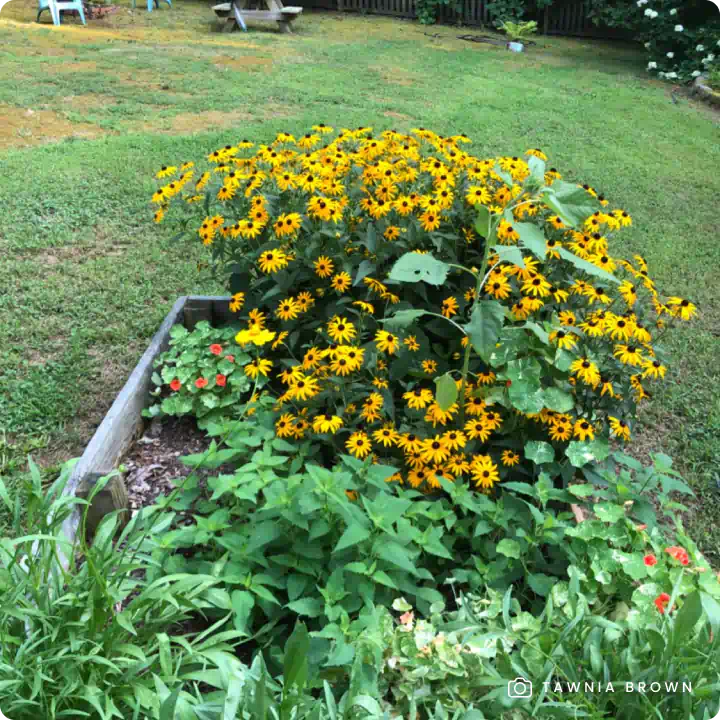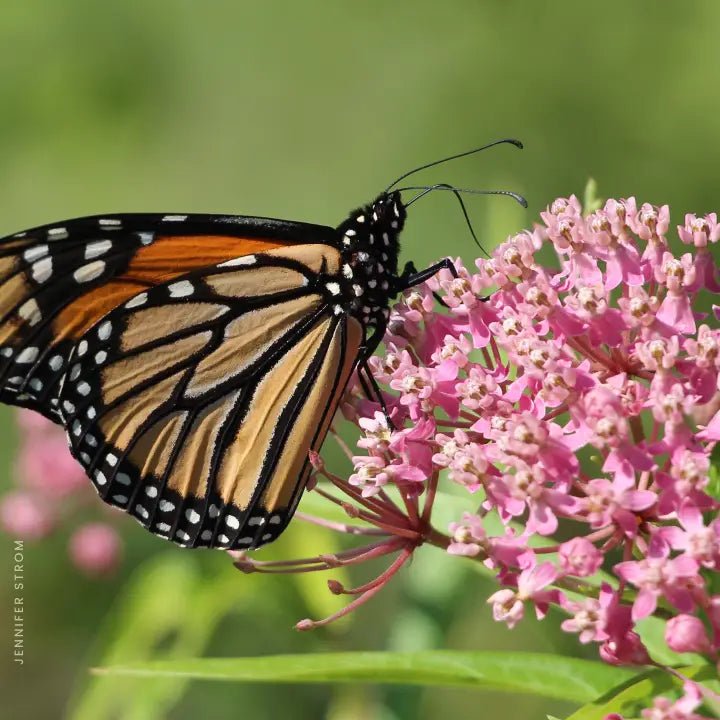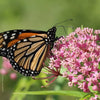Bring early-season color and essential pollinator support to your landscape with Hairy Beardtongue (Penstemon hirsutus)—a tough, compact native perennial known for its hairy stems, delicate trumpet-shaped flowers, and adaptability to a wide range of soils and light conditions. Blooming from late May through July, this plant produces elegant clusters of pale lavender to violet flowers that attract hummingbirds, butterflies, bumblebees, and other early-season pollinators.
Native to eastern North America and sometimes called Northeastern Beardtongue, this low-growing perennial (1–2 feet tall) forms tidy clumps from rhizomes and thrives in dry to medium soils with full sun to part shade. Its foliage turns red in fall, providing additional seasonal interest, and it serves as a larval host for the Baltimore Checkerspot butterfly, making it a valuable addition to any wildlife-friendly planting.
Why You’ll Love Hairy Beardtongue:
- Early Bloomer: Provides nectar and pollen when few other plants are flowering
- Pollinator Magnet: Loved by bumblebees, butterflies, and hummingbirds
- Compact & Versatile: Great for small spaces, borders, and native plant groupings
- Low Maintenance: Drought-tolerant and disease-resistant once established
- Seasonal Interest: Foliage turns reddish in fall
- Pollinator-Safe: Grown non-GMO and free of harmful neonicotinoids, promoting a healthy ecosystem for pollinators and wildlife.
Available in sets of three, six, or 12 plants to create a pollinator-friendly habitat in your garden.
Planting Tips:
- Location: Full sun to part shade in dry to medium, well-drained soil; tolerates sandy, rocky, and clay soils
- Watering: Water regularly during the first growing season; drought-tolerant once established
- Maintenance: Minimal care required. There's no need to deadhead the flowers, as allowing them to go to seed provides a valuable food source for birds. Leaving the stems standing in the fall offers overwintering sites for beneficial insects. If desired, cut back the stems in late spring after pollinators have emerged.
For more information on planting, view our How to Plant Your Native Plants guide and other planting tips in the Garden for Wildlife Learning Center.
With its soft lavender blooms, woolly stems, and early nectar supply, Hairy Beardtongue is a small but mighty addition to any habitat garden. Add it to your landscape for resilient beauty and important pollinator support from spring through fall.
